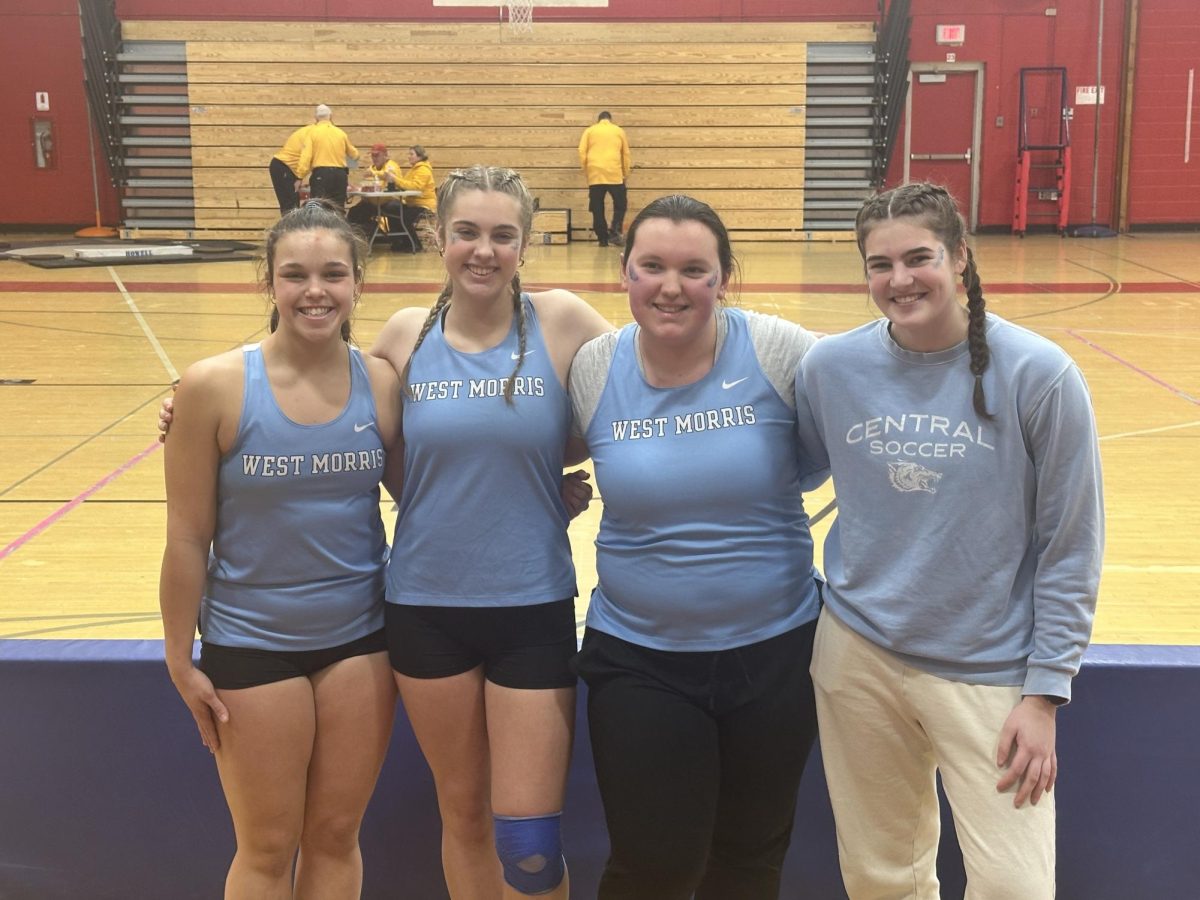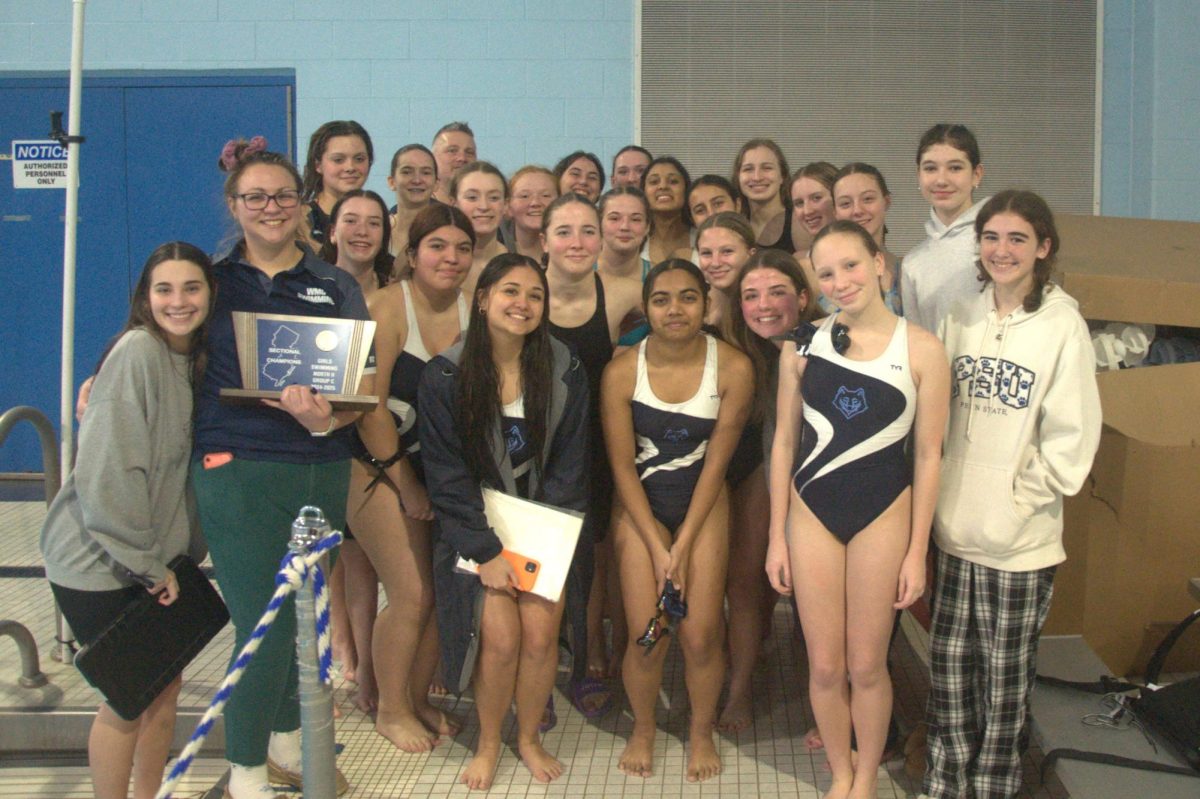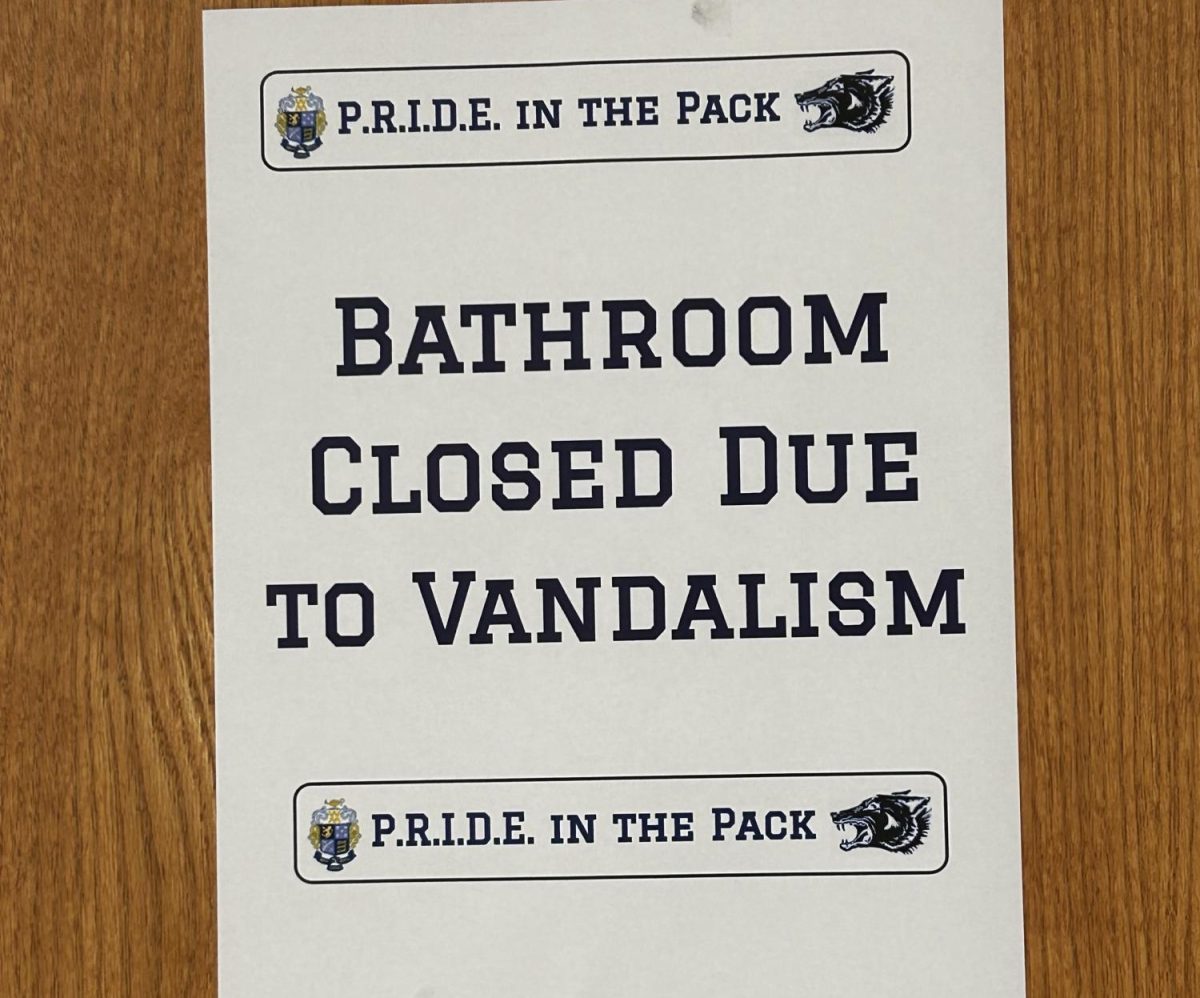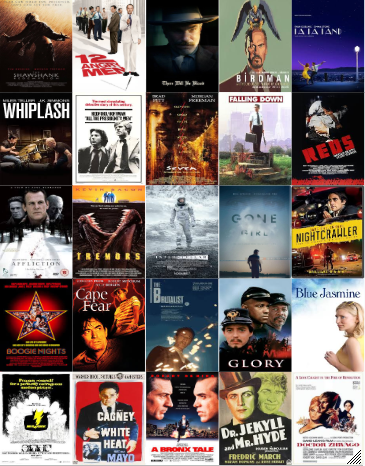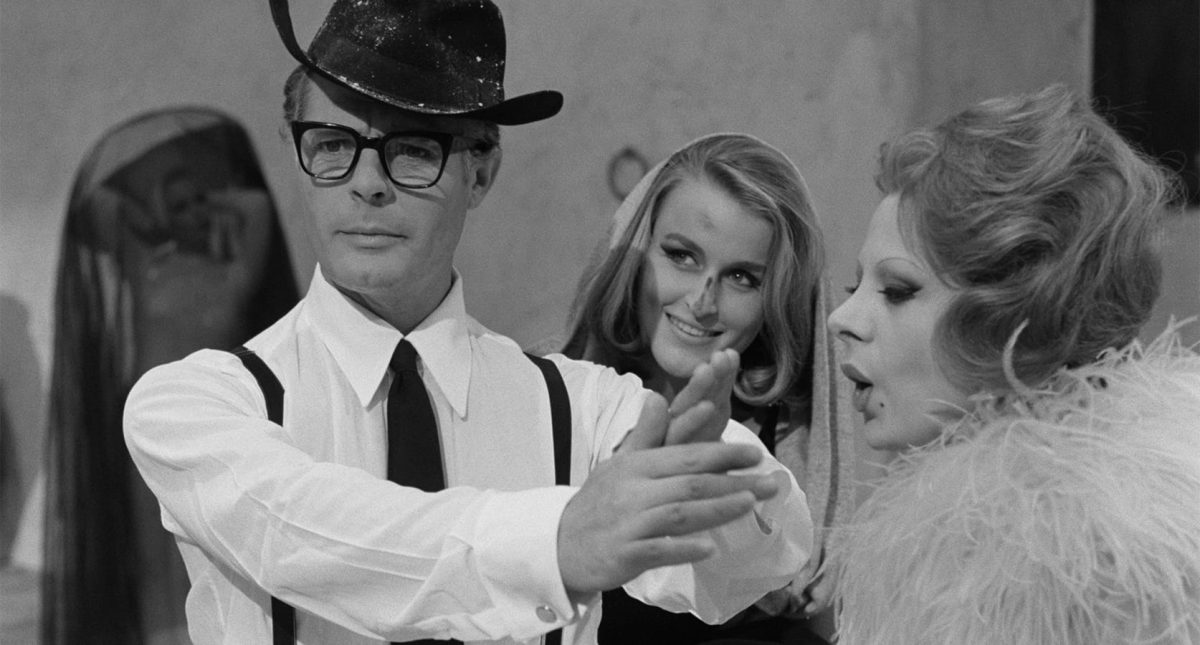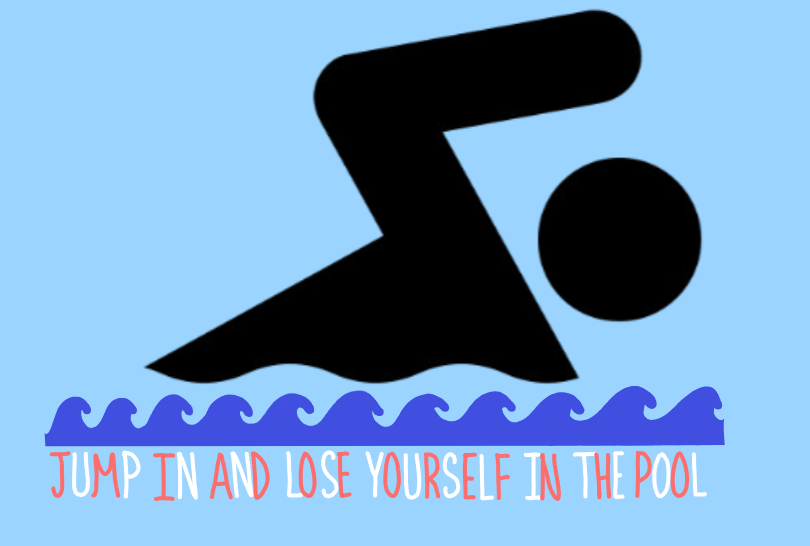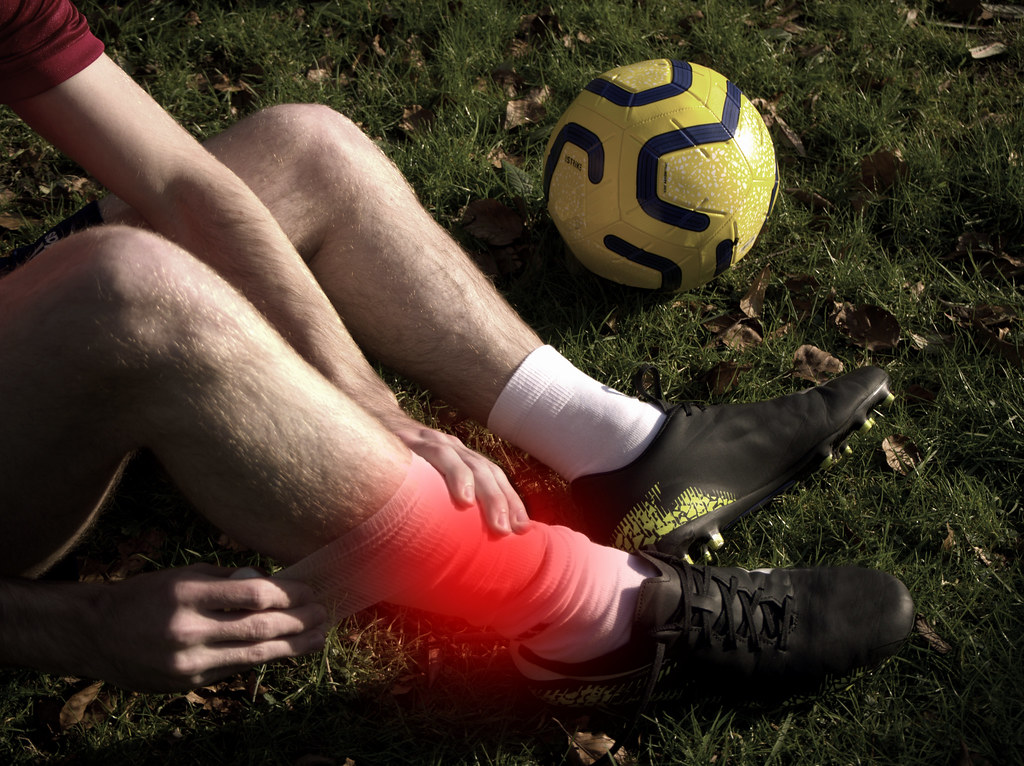Imagine you are playing in the championship soccer game, running down the field to receive a through ball from the midfielder. Your knee starts to hurt from all the running during the game, but it always hurts, so you decide to power through the pain. Your defender tries to front you in hope of blocking you from the ball, but instead, the opposing player causes your knee to turn just the wrong way and you fall to the ground. As you fall, you hear a loud “pop” sound as well as an unbearable pain in your right knee. You leave the field, unable to continue playing in this important game. Later that day you head to the doctor and you find out that you have torn your ACL, again, and you will not be able to participate in any physical activity for 6 months. You feel the worst internal and physical pain you have ever felt, unable to finish your season, and fall into a depressive episode for those 6 months.
Since elementary school, the students in health class have been told two important things to do to stay healthy: eat well and exercise. For those who pursued sports later in middle and high school, a new factor may have occurred which was rarely spoken of in earlier classes encouraging students to get active, which is the possibility of an injury.
Depending on the type and severity of the injury, many different treatment options are offered to athletes ranging from a simple ice bath or all the way to 6 months without playing a sport. Thankfully, there are ways to prevent injuries to be sure that fewer athletes have to deal with injuries. But first of all, how can an athlete prevent an injury from occurring?
First and most importantly, WARMING UP AND COOLING DOWN!! Failing to do this is the cause of SO many injuries. When someone, especially an out of shape person, fails to complete a full warmup and cooldown, they are automatically more susceptible to injury. A proper warmup should include dynamic stretches which are short, active movements to improve flexibility and ROM (range of motion) in your muscles.
Playing through discomfort is a normal part of sports. However, if that discomfort becomes throbbing or unbearable pain, playing through that is NEVER going to end well, and could easily end in a months-long absence from the sport due to injury. If you feel unbearable pain it is always better to visit a trainer immediately than play through it and make that injury worse.
Proper nutrition is not always spoken about but can be a contributing factor in the severity and recurrence of injuries. If an athlete does not eat enough, then there is not enough energy entering their muscles to play a sport for a long period of time which can cause vulnerability for injury. Learning proper sports nutrition with a variety of carbs, fats, and proteins are all important when playing at a higher level in sports for optimal performance.
Lastly, mental health while coping with an injury can be a struggle for many living in a stressful environment already. For an athlete who releases energy during sports, that energy will remain unreleased while an athlete is injured or out of a sport. If this happens, make the best of it and use the time to physically and mentally recover during your break. Overall, find what works best for you to cope during this time, and remember how you felt next time you feel something hurting as you play!
Categories:
Sports Injuries
0
More to Discover
About the Contributor

Lia Nowak, Staff Writer
Lia Nowak is currently a senior at Central. Lia enjoys reading, writing, and playing varsity basketball and tennis for West Morris. Lia’s favorite subject in school is English, and that is the reason Lia decided to choose journalism as a class this year. She is a member of the P.A.W.S club, Highlanders for Humanity, and REACH. Additionally, Lia is the outreach coordinator for Reach Out non-profit. Academically, Lia is in the IB-CP program for Life and Health Science. Lia is thrilled to be a part of The Paw this year; allowing her the opportunity to write about topics she is interested in and getting caught up with school news.








